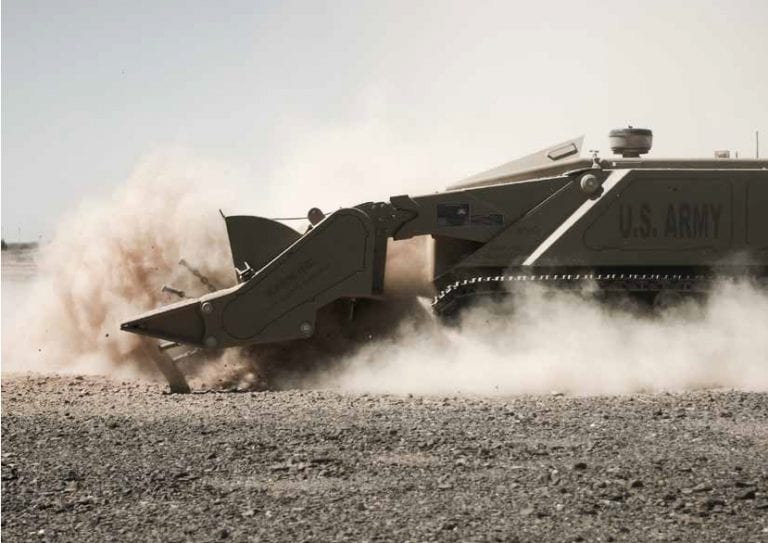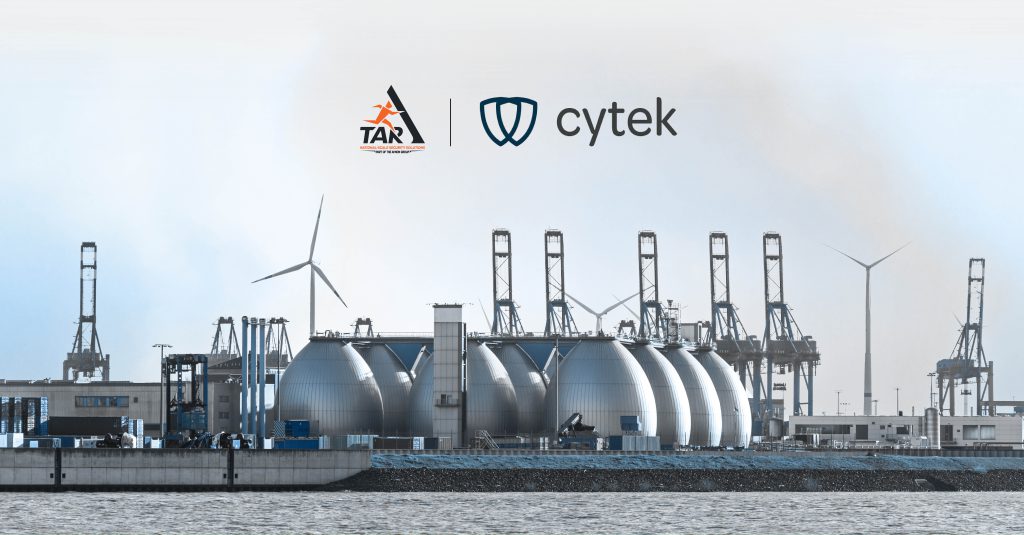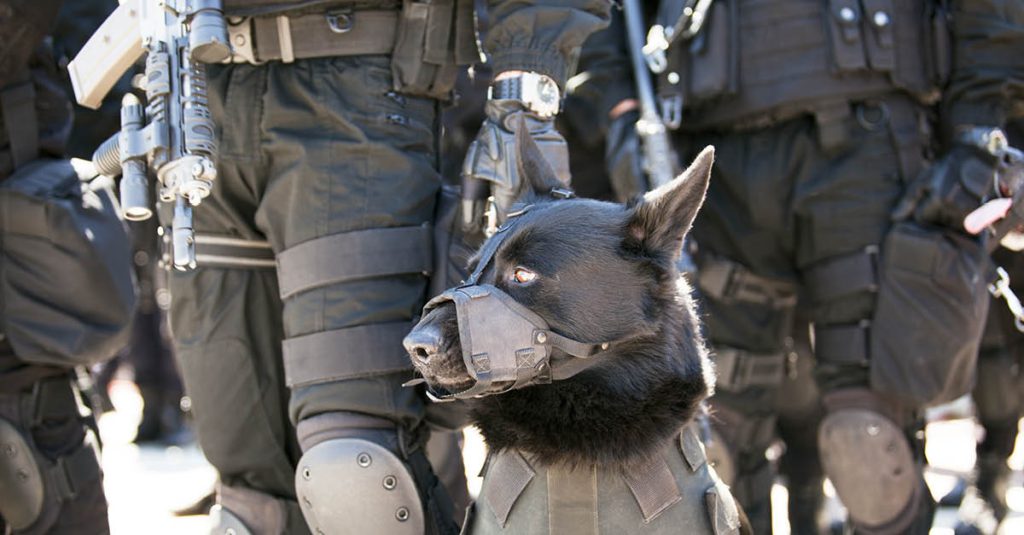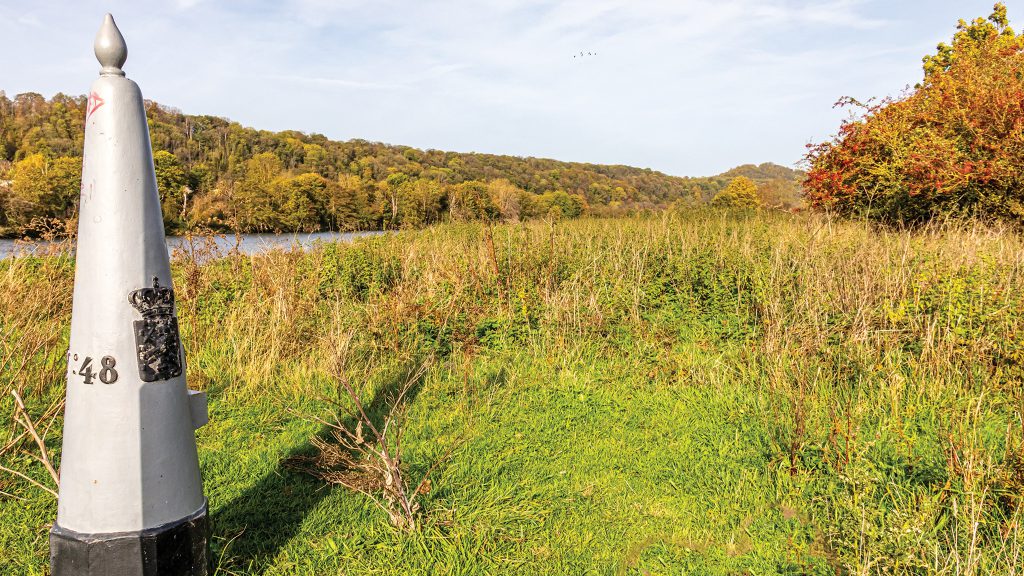Landmines remain a threat to countries long after a war ends, killing innocent civilians and making land unusable sometimes for decades since a de-mining program can be both lengthy and expensive.
The UN estimates that it will take over 1,100 years to clear all the mines buried across the globe. Regions that have especially suffered from landmines are Somalia, Afghanistan, Mozambique, Bosnia, Kuwait, Cambodia, and Iraq to name a few.
Landmines cover large portions of the landscape in over 60 countries worldwide. In some cases, they’re buried deep within un-populated areas, posing no immediate threat to civilian safety, while in others, they can be found in urban centers, endangering large segments of the population. Finding them is a difficult process that requires advanced technological equipment and thorough training.
Difficulty in Location
Advances in landmine design and smaller amounts of metal required for their construction have made them more difficult to detect. Debris clearers also face a large number of false alarms from past encounters which makes the process significantly harder.
New Tech
Scientists have been trying to develop combined dual-sensor detectors which incorporate metal and radar sensors to increase the chances of quick detection. These types of detectors are capable of distinguishing between actual landmines and large chunks of buried metal through an advanced analysis of the devices’ electromagnetic signatures.
Governments have traditionally turned a blind eye on humanitarian demining when compared to military applications. Advanced technology is very expensive, making it very difficult for third world countries (which happen to be the ones facing the greatest landmine threats as a result of residual military conflict) to make significant progress. Everyday civilians are usually the ones to pay a steep price for being in the wrong place at the wrong time.
TAR has been supplying solutions for EOD & IED to many countries for the last two decades, providing units with knowledge, capabilities and equipment for mine disposal and explosive clearance; including customised vehicles integrated with technologies and equipment to provide a complete EOD solution.






